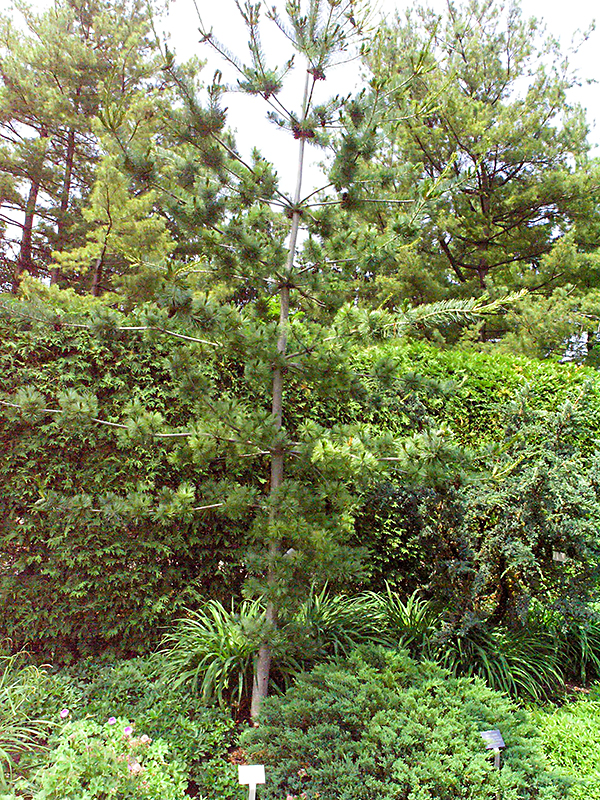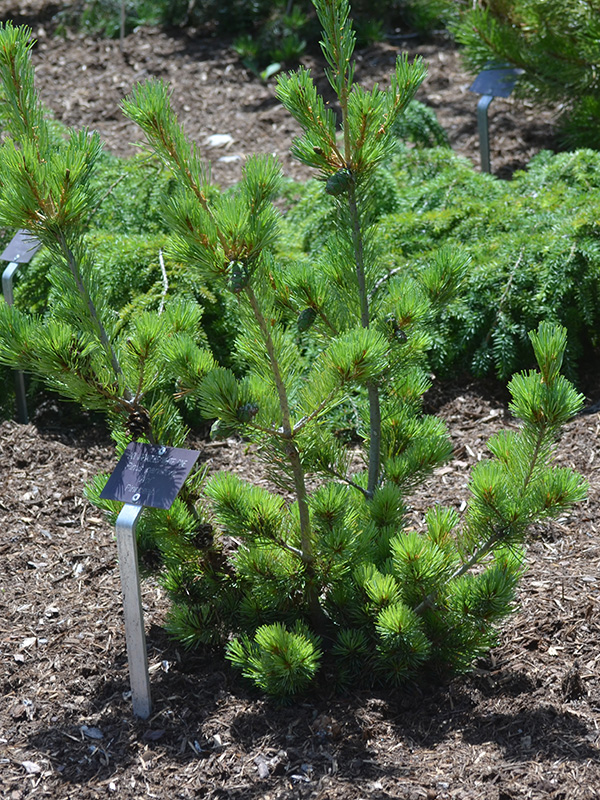| General Description | Small graceful looking tree that develops a flat topped, spreading crown, reaches heights of 20 m in the landscape. |
| ID Characteristic | This is a picturesque shrub (good for bonsai) or small tree, conical in shape when young, with deep blue-green foliage. Commonly grown in Japanese gardens. |
| Shape | Broadly columnar; wide spreading branches; dense in youth; becomes flat topped with age. |
| Landscape | Ideal for small residences because of its limited size, looks great in groups of 3 or 5, useful in coast gardens because of its salt tolerance. |
| Propagation | It is best to sow the seed in individual pots in a cold frame as soon as it is ripe. |
| Cultivation | Thrives in a light well-drained sandy or gravel soil. Dislikes poorly drained or moorland type soils. |
| Notable Specimens | The Gardens of Fanshawe College, London, Ontario, Canada. |
| Habitat | The plant prefers light (sandy) and medium (loamy) soils that are well-drained. |
| Bark/Stem Description | Bark is very thin and can be easily damaged. Dark brownish in colour. |
| Leaf Description | Needles are in a fascicle of 5, bluish-green, slightly curved, 2-8 cm long, 0.7-1 mm wide, with 3-6 prominent white stomatic lines beneath. |
| Flower Description | The flowers are monoecious with both sexes found on the same plant and are pollinated by wind. |
| Fruit Description | Fruit shape is oval, 7.5-15 cm long and are brownish red colour. |
| Colour Description | Blue-green foliage. |
| Texture Description | Fine textured. |





